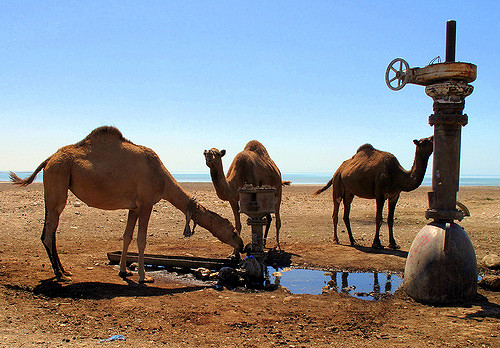
The authoritarian rule in Turkmenistan, led by Gurbanguly Berdimuhamediv, has led to a more isolated state for the citizens of Turkmenistan. There is oppression on freedom of speech, the press, association and religion. This level of totalitarian rule is comparable to North Korea, Sudan and Syria. It has left the country largely closed to foreigners and has restricted travel outside the state.
This isolation in a time of need creates a problem for the Turkmens. When inflation occurs, as it did in 2015, food scarcity causes the population of Turkmenistan to suffer from increased malnutrition and infant mortality. Turkmenistan’s infant mortality rate was reported in 2015 as being at 44 per every 1,000 births.
Mortality rates and health concerns are intended to be monitored, but the World Health Organization is denied full access to data in Turkmenistan, causing limited accurate data and an inability to study the situation in order to find solutions. Issues such as these present a problem in delivering humanitarian aid to Turkmenistan. However, recent laws passed by the Turkmenistan government show some advancements in charitable acts and humanitarian rights.
In 2017 the Parliament (Mejlis) of Turkmenistan adopted the Law on Charitable Activity in order to support activities by financing charitable projects and programs developed by philanthropists. This law made it easier for public associations to register and report the use of foreign aid. This law still limits and restricts civic freedoms in the forms of speech, association and press, but allows for the beginnings of humanitarian aid to Turkmenistan.
While foreign aid to Turkmenistan may be limited, USAID has been working in Turkmenistan since 1992. Through a partnership with Chevron, USAID provides technical assistance to the agriculture sector in the development of livestock and horticulture, teaches practical skills to young people in the oil, gas and tourism fields for use in economic and entrepreneurship development and builds outreach centers for at-risk youth.
The restrictions in Turkmenistan supply an interesting case for humanitarian aid to reach within its borders. However, through persistence and governmental laws shifting to reform the current isolation state aid can benefit those suffering from food shortage, drug trafficking and disease.
– Bronti DeRoche
Photo: Flickr


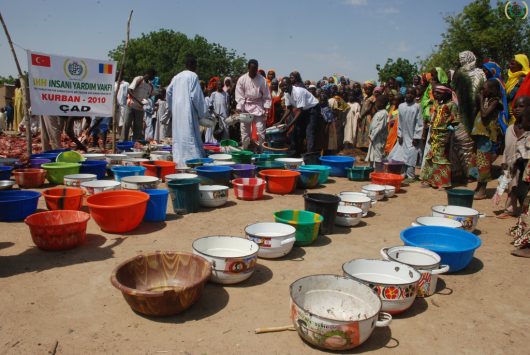
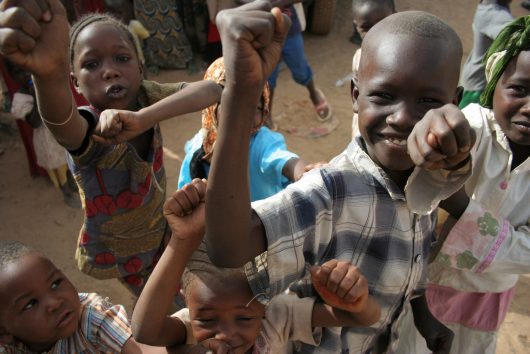 Niger is known as one of the poorest countries in the world. According to the World Bank,
Niger is known as one of the poorest countries in the world. According to the World Bank,  After being occupied by the Soviet forces in 1940, the country of
After being occupied by the Soviet forces in 1940, the country of 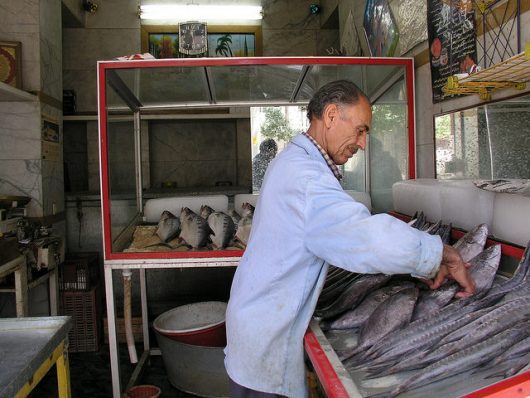
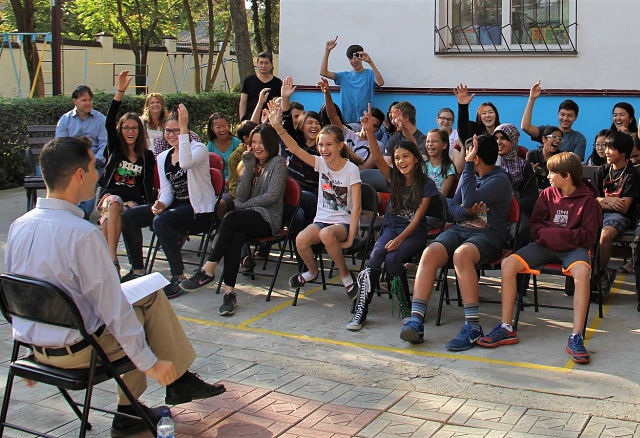
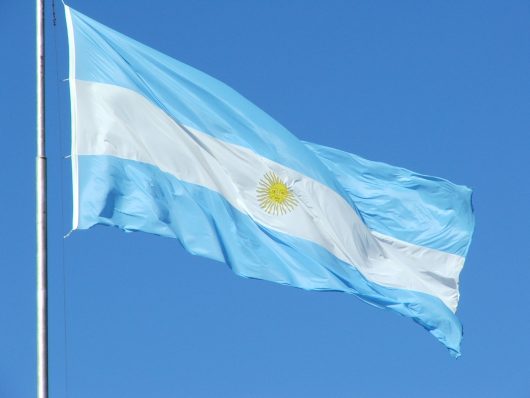 Three key issues were addressed following the implementation of newly-approved efforts for
Three key issues were addressed following the implementation of newly-approved efforts for  The history of humanitarian aid in
The history of humanitarian aid in 